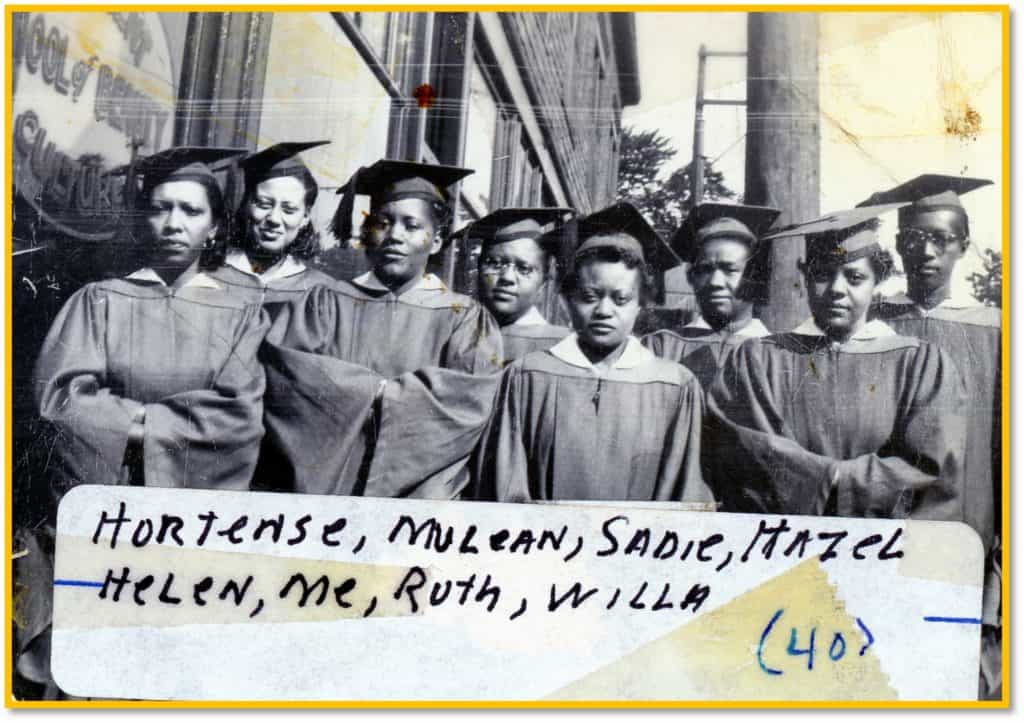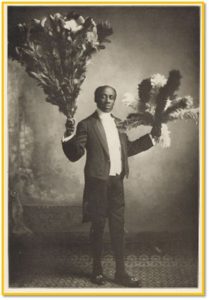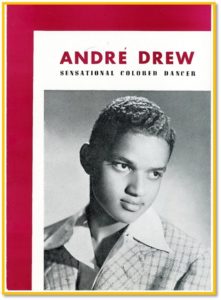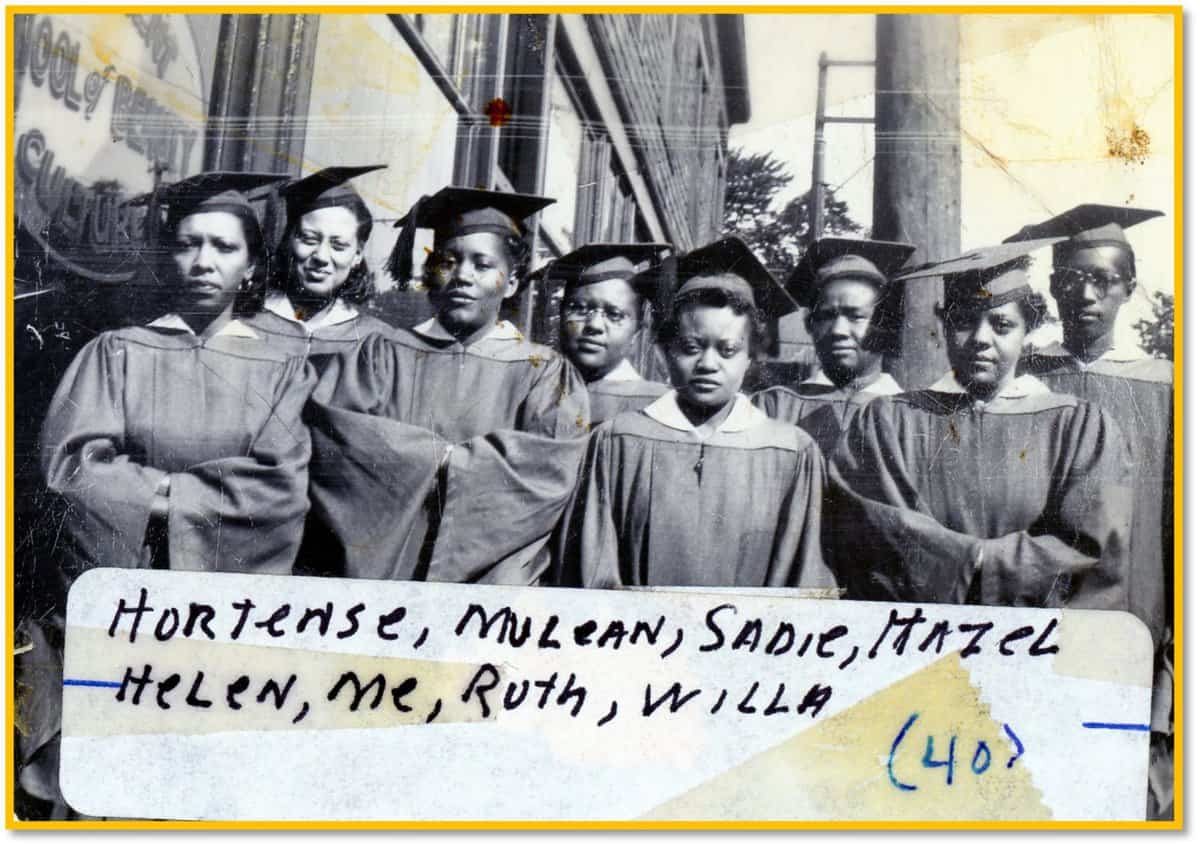The following is written by Matrice Young, student life archivist and curator of Professional Attention: The World of Labor.
Extra Extra! Read all about it!
– Poem written by curator Matrice Young
Jobs in America are varied and should be valued!
Whether it be workin’ the field, fixing railroads,
tightening locs or crocheting braids.
Be it acrobatics, magic, music, or ballet.
Librarians, nurses, comic artists, lecturers—No,
All professions deserve praise!

From 2021-2023, before my current job as Student Life Archivist, I worked as an Olson Graduate Research Assistant for University of Iowa Libraries Special Collections and Archives. This position allowed me to learn by hands on experience about several aspects of special collections librarianship. For two years I provided reference services, assisted with instruction, processed collections and worked on descriptive language projects. As a culmination of my time as Olson Graduate, I curated an exhibit that is an homage to labor in the United States. While the exhibit does not feature everyone, it does shine a spotlight on the importance of several different professions, providing samples of our work force that we think about in relation to labor, and the ones we do not. I’ve included samples of our work force that we think about in relation to labor and ones we do not.
This exhibit features nurses, librarians, Black hairstylists, farmers, aviators, railroad workers, comic book creators, and different types of performance artists. However, because of space and material constraints, I was unable to fit all of these stories. While the exhibit only allows so much to be displayed, more stories of American workers can be found in Iowa Labor History Oral Project (ILHOP)!. You can also hear recordings from the project on the Iowa Digital Library.
I hope that from this exhibit people understand that labor is not just physical, but also mental and emotional. I want people to see that all jobs are valuable and that they have more to them than we may see on the surface. Below are some highlights from the exhibit.
Highlights

Dora MacKay was a Black hairstylist from Des Moines who was part of the first graduating class of Crescent School of Beauty Culture. Beauty schools today still do not spend much time on Black hair, and Black women are often turned away from beauty shops because of lack of knowledge on how to do Black hair.
In my undergraduate career, I had to travel over 43 miles to find someone who could do my hair. In Iowa City, I still frequently go up to Cedar Rapids to find someone to do my hair. Black hair typically is tighter coiled and requires more to take care of it, and Black hair does not operate the same as loosely textured hair. You have to consider everything from protecting it at night to using different creams and oils to promote hair health and growth.
Dora learned from Pauline Humphrey, the first Black woman to open a beauty shop for Black women in Iowa. Pauline was denied business loans, property rentals, and rejected from suppliers because of her race. She created Crescent School of Beauty Culture in 1939 after opening the first Black Beauty shop in Iowa in 1935. The racism that Humphrey and MacKay faced in creating and maintaining shops and schools to teach their hair cultures and do their own hair is its own form of labor, an emotional and mental one, not including carpal tunnel and back pain as physical pains that come with the profession.

Helen Knievel was a rural librarian. She grew up on a farm in Cherokee County, Iowa and made sure to carry the voices of the individuals from her communities into her later work. She made sure that the farming and rural area communities knew what the library could do for them, including resource guides on fixing machinery and growing certain crops. She also connected with other small-town libraries to further the outreach that they could provide for their communities as a whole.

Alonzo Moore was a Black Moroccan magician who started out as an apprentice beneath the great magician Edward Maro, Moore studied magic for 15 years before setting out on his own. At the time (early 1900s) he was known as the only Black magician in the world, and his performances were a mixture of studies “in the history of magic in the land of his ancestors” and brought “forgotten mysteries” to the Americas.

Andre Drew at 16 years old was hailed as one of the top Black tap-ballet dancers in the United States. Drew began to dance almost as early as he began to walk, studying acrobatic and tap dancing at the age of 5 under Essie Marie, and continued his studies. After successful solo performances in tap and Indian interpretive dance, Drew decided to concentrate on ballet under William Sena at the Philadelphia La Scala Opera Company, and carved his way as a Black dancer in the world of ballet.
Come visit the exhibit in the Special Collections & Archives Reading Room on the 3rd floor of the Main Library! View the different forms of labor and share your appreciation for all of the workers you know.
